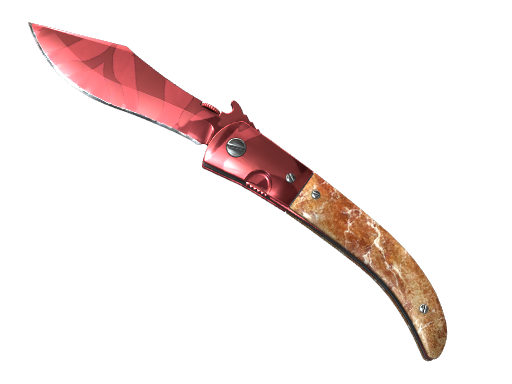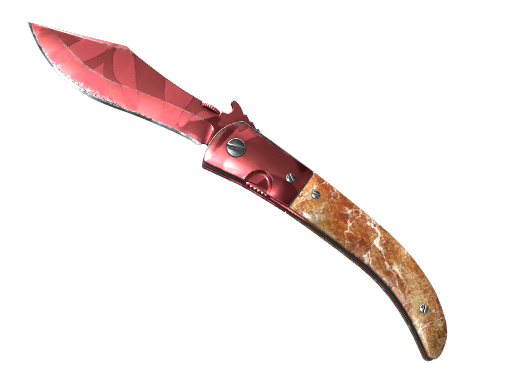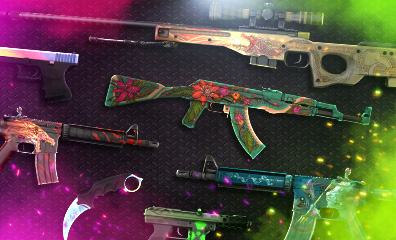The Future of CS:GO: The Evolving Landscape of Skin Trading, NFTs & the Potential Impact of CS2
The ever-changing landscape of the video game industry has led players and skin trading platforms to closely monitor the impact of new games on the flourishing skin trading community. Speculations surrounding the release of CS2 have sparked discussions on what lies ahead for skin trading in CS:GO and the potential influence of a new game on this burgeoning industry. This article aims to delve into the future of CS:GO, the potential effects of CS2 on skin trading, and the outlook for skin trading in the gaming sector.
What Is The Future Of CS:GO Skin Trading?
Skin trading is a popular aspect of CS:GO where players buy and sell virtual items to customize their gameplay. However, its future is uncertain due to ongoing legal battles against Valve for enabling illegal online gambling through skins. This could result in further restrictions on skin trading.
Additionally, the rise of blockchain-based games and NFTs could replace traditional skin trading in CS:GO, providing new opportunities for players to own and trade unique in-game items.
Finally, changing player demand could also affect the popularity of skin trading as players become more interested in other aspects of the game. Despite this uncertainty, players will continue to seek out ways to customize their gameplay experience.
The Rise of NFTs in Gaming and Skin Trading
NFTs have become increasingly popular in the gaming industry as a way to buy, sell, and trade unique digital assets using blockchain technology.
In the game CS:GO, skins are virtual items that can be used to customize weapons and have been a popular item in the skin trading community. With the introduction of NFTs, skins can now be sold as verified, one-of-a-kind digital assets, increasing their value to collectors and traders.
NFTs have opened up new opportunities for skin trading in CS:GO, providing a secure and transparent way for players to exchange their digital assets. They can also be used to create new, unique skins that are only available to a limited number of players, further increasing their value.

An example of this is the “Dragon Lore” skin, it isone of the rarest and most valuable skins in the game and it recently sold as an NFT for over $150.000, demonstrating the potential value NFTs can bring to the skin trading community in CS:GO.
While the use of NFTs in gaming and skin trading is still in its early stages, it has the potential to transform the industry. NFTs provide a unique way for players to own and trade digital assets, creating new opportunities for collectors and traders.
As the use of blockchain technology and NFTs continues to grow, it will be interesting to see how it impacts the future of CS:GO skin trading and gaming as a whole.
The Potential Impact of CS2 on Skin Trading in CS:GO
In the world of video games, the search for new and exciting experiences is a constant one. The rumored release of CS2 is a prospect that has the potential to shake up the current CS:GO skin trading market, shaping the future of CS:GO.
Currently, third-party marketplaces play a significant role in the growth of skin trading in CS:GO. However, the release of CS2 could change this landscape.
The impact of CS2 on skin trading could go either way. On one hand, players may shift their focus to the new game, which could lead to a decrease in demand for CS:GO skins. This, in turn, could lead to a decrease in skin trading activity and a drop in skin values.
On the other hand, if CS2 allows for skin trading and customization like in CS:GO, it could create new opportunities for skin trading.
The release of CS2 could also have regulatory impacts on skin trading. As the introduction of new games often leads to changes in the industry, regulators may take a closer look at skin trading in CS2 and other games.
In summary, the release of CS2 has the potential to disrupt the skin trading market in CS:GO. While the outcome is uncertain, players and skin trading platforms should be aware of the potential changes and be prepared to adapt accordingly.
The Role of Third-Party Marketplaces in Skin Trading
Skin trading in video games has been booming, with third-party marketplaces playing a key role. These platforms provide a way for players to buy, sell, and trade virtual items like skins to customize their gameplay.
CS:GO, being one of the most popular games for skin trading is a good example is CS:GO -, and while you can acquire skins through the official Steam Marketplace, third-party marketplaces like OPSkins and Bitskins have become popular due to their wider selection and competitive pricing.
However, these marketplaces also pose risks, including fraud and scams, so players should only use reputable platforms. Skin trading can also impact the game’s economy, leading to inflation and devaluation of skins.
Overall, third-party marketplaces offer players more options and opportunities, but caution is necessary. As skin trading evolves, third-party marketplaces will need to adapt to meet the changing needs of players.
The Impact of Regulations on Skin Trading
Skin trading has been associated with risks such as fraud and economic impact. To address these issues, some regions have implemented regulations on skin trading, which have had a significant impact on the industry.
For instance, in 2016, Washington state classified virtual items, including skins, as “gambling products,” requiring third-party trading sites to obtain a gambling license and comply with other gambling regulations. This led to the closure of some skin trading sites like OPSkins. Similarly, in 2018, the Netherlands Gaming Authority ordered the cessation of some skin trading sites violating gambling laws, resulting in the closure of some sites and restriction of skin trading in the country.
While regulations have helped address skin trading risks, they have also led to the closure of some third-party marketplaces and restrictions in some regions. As skin trading evolves, finding a balance between consumer protection and a thriving skin trading community will be crucial.
To Conclude!
To sum up, the constantly evolving nature of the video game industry has resulted in uncertainty for skin trading in games such as CS:GO. The potential release of CS2 has sparked debates on its potential impact on the skin trading market.
While blockchain-based technology and NFTs have opened up new avenues for players to buy, sell, and trade virtual items, skin trading has encountered regulatory obstacles in certain regions, leading to the shutdown of some third-party marketplaces.
As the industry progresses, striking a balance between safeguarding consumers and sustaining a thriving skin trading community will be crucial. Despite the risks that come with skin trading, players will continue to look for ways to personalize their gameplay experience.
It will be intriguing to witness how the future of CS:GO shapes the evolution of skin trading and the gaming industry in general.
Follow our blog to learn more about trading and marketplaces.
FAQs
Will CS2 raise skin prices?
Confirming the skins will move forward with players to the new CS2 engine has resulted in increased demand and prices for CS:GO skins. This is exemplified by the Shadow Daggers | Doppler, which were selling for $160-180 before the confirmation but now sell for around $300. Players can sell their skins for profit or enjoy them in the new engine.
Will CS:GO inventory transfer to CS2?
Valve may get a more favorable outcome by integrating the old skins into Counter-Strike 2. Players will thus continue to have access to their previous collections and be able to use them in-game.
Are skins transferring to CS2?
Valve has announced that CS:GO skins will carry over to CS2, ensuring players that their inventory will remain valuable in the updated game engine. As a result, some skins have seen an uptick in demand and price.
Share to:




